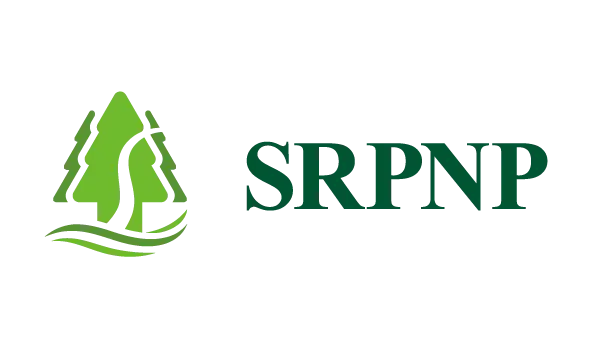Not all paper is directional, and the direction of grain is generated during the machine paper-making process.
Machine paper-making is a continuous, rolled production. The pulp is quickly flushed down from one direction, causing a large number of fibers being arranged in the direction of the water flow. After being fixed, it becomes a paper with grain direction. Therefore, paper grain direction of the roll is always perpendicular to the paper core.
How to determine paper grain direction?
1.To observe paper surface--
The main component of paper is plant fibers. Take a piece of paper and observe carefully under bright light. You will find that the short fibers on the paper are mainly arranged in a certain direction. This direction is paper grain direction. (You can try to observe with a magnifying glass)

(black line’s direction represents paper grain direction, so as above photo.)
2.To fold the paper--
Two square sheets of paper of the same size, contrasting creases along and perpendicular to the thread. Parallel to paper grain direction is easier to fold, and the creases are straighter; Perpendicular to paper grain direction is not easy to fold, and the creases are irregular.

3.To tear the paper--
Tear a seam along and perpendicular to the paper grain direction, respectively, as shown in the below photo. Straight grain direction is easier to tear, easier to tear straight, and has fewer paper edges after tearing; vertical grain direction is more difficult to tear, hard to tear straight, and has more obvious burrs after tearing.

4.To observe the natural curvature--
As shown in the below photo’s comparison, the stiffness of paper is different when in the direction of paper grain and perpendicular to it. If you bend the paper in two directions by hand, you will feel greater resistance when the vertical paper grain direction is bent.

*Watching and Bending are the main methods to identify paper grain direction without damaging it.*
How to pick the right grain direction for different applications?
1.Cultural papers:
For cultural papers like woodfree paper/ Art paper/ Art noard, in the international style, a higher number at the beginning indicates short grain and the lower number at the beginning indicates long grain. For example: 70 x 100cm → long grain; 100 x 70cm → short grain;

2.Packaging boxes:
For the production of packaging boxes which use paper like C1S folding box board, long grain is more significant than short grain. The running direction of the machine during further processing and finishing is more important, for instance for die-cutting or stamping and embossing. Most machine runs better with long grain. So usually the grain direction is kept horizontal (assuming the opening flaps are on the top and bottom). This is because cartons are usually held by the sides, and stiffness in that direction is required functionally.


3.Paper cups/bowls:
Paper cup/bowls body height direction should follow along the grain direction as below photo shows. Otherwise, the cup body will be difficult to roll up and the stiffness is also very poor! So do pay attention to this after your cupstock materials arrived and is ready to put them into production!

Post time: Aug-24-2023


